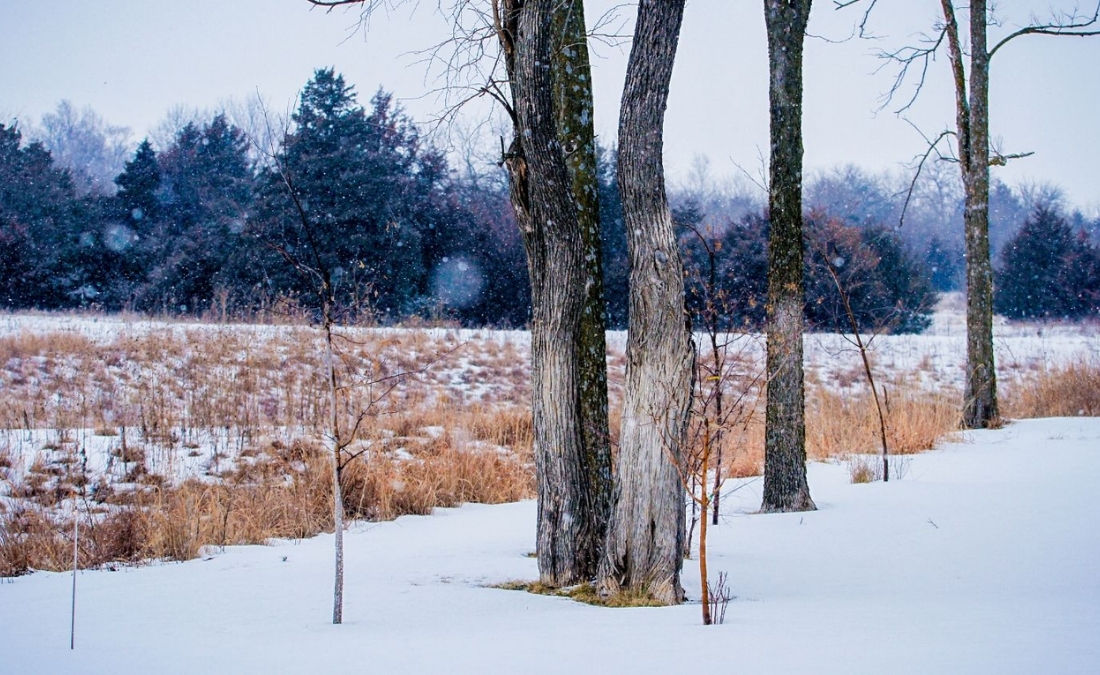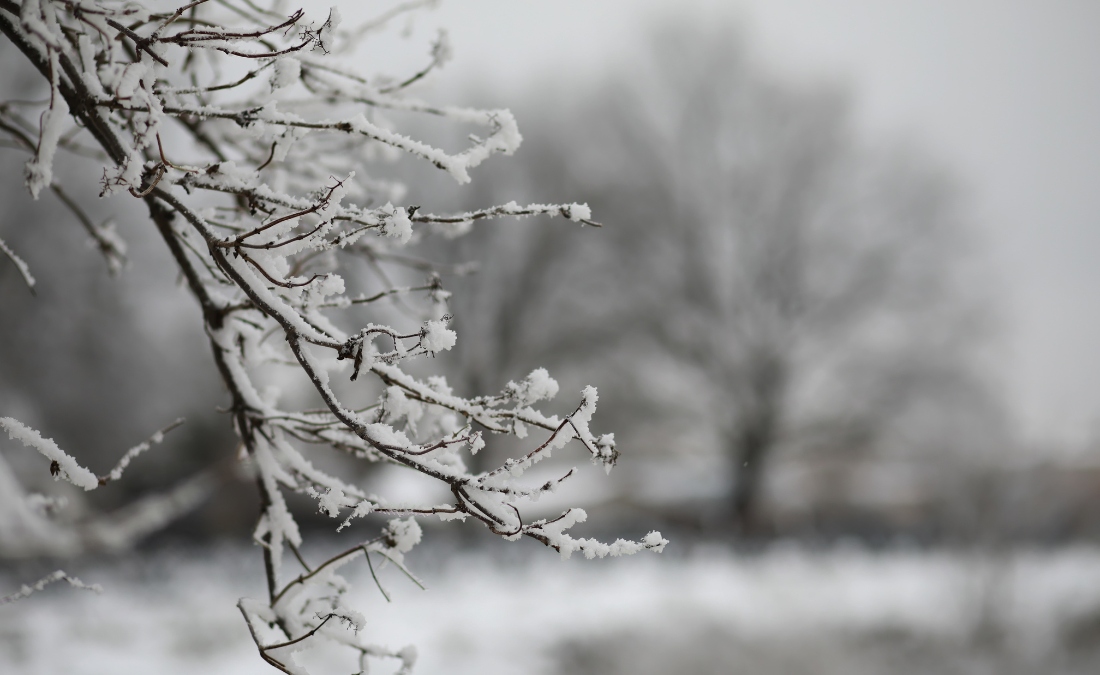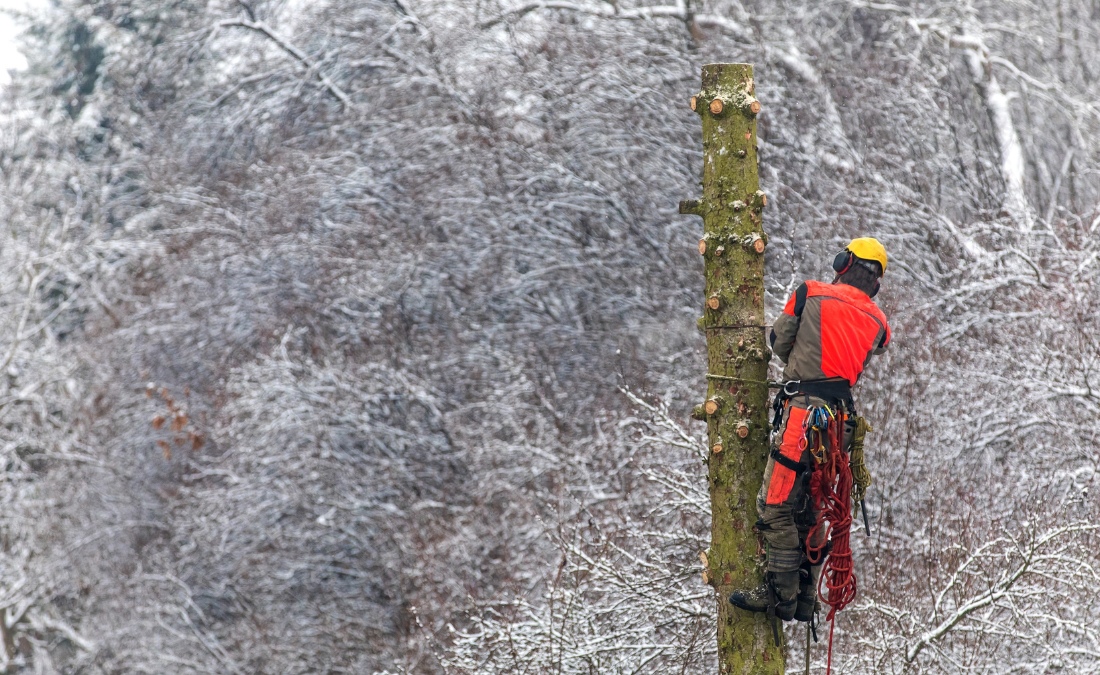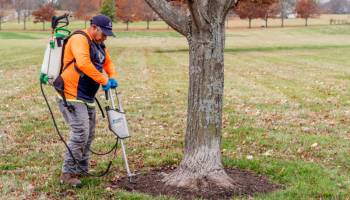Late Summer Tree Changes: What’s Normal and When to Call a Certified Arborist
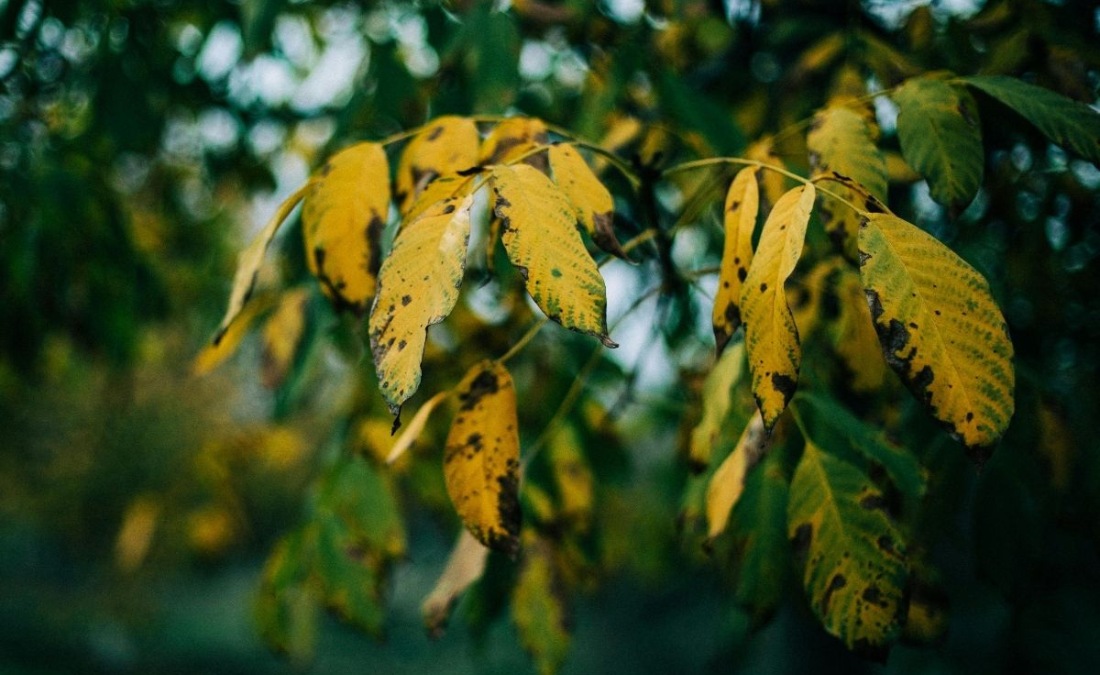
Stop guessing about your trees' health. Learn which late summer changes are natural and which are warning signs that demand Certified Arborist care immediately.
As we move through late summer and approach early fall, many homeowners start noticing changes in their trees. While some leaf color changes might make you think of autumn, it’s still too early for most trees to begin their natural fall transformation. That yellowing or browning you’re seeing in August could actually be a sign that your tree is under stress.
Understanding the difference between normal seasonal changes and signs of tree stress can save you from costly tree removal down the road – and potentially protect your property from falling branches or tree failure. Let’s walk through what’s normal this time of year versus what should prompt you to call a Certified Arborist.
Key Takeaways
- Normal late summer changes include light leaf drop and minor browning on leaf edges as trees naturally prepare for fall dormancy.
- Early warning signs, like scattered yellowing leaves or mild daytime wilting, may indicate manageable stress from drought or heat but should be monitored for progression.
- Immediate concerns requiring professional attention include sudden extensive leaf drop, yellowing confined to one area, or premature fall colors that signal serious tree stress.
- Late summer pests, including fall webworm creating white webs at branch tips and bagworms in brown silk bags, become most visible now and need prompt professional treatment.
- Structural problems, such as cracked bark, recent leaning, dead branches, or fungal growth, always warrant immediate arborist consultation for safety reasons.
- Early professional intervention can often reverse tree decline and save stressed trees, preventing the much higher costs of emergency removal or property damage.
What’s Considered Normal in Late Summer
Before we dive into concerning signs, it’s important to recognize what healthy trees typically do during this season.
- Light Leaf Drop: This is completely normal as trees begin preparing for fall. You might notice a few leaves scattered around your tree’s base – this is just the tree’s natural way of shedding older, less efficient leaves to conserve energy.
- Minor Browning on Leaf Edges: This can be normal, especially after a hot summer. Trees may show slight browning on leaf margins as they adjust to heat stress, as long as it’s limited and not progressing rapidly throughout the canopy.
- Slower Growth: This is expected as trees start redirecting energy from rapid growth to root development and winter preparation. This is a natural shift that helps trees survive the coming cold months.
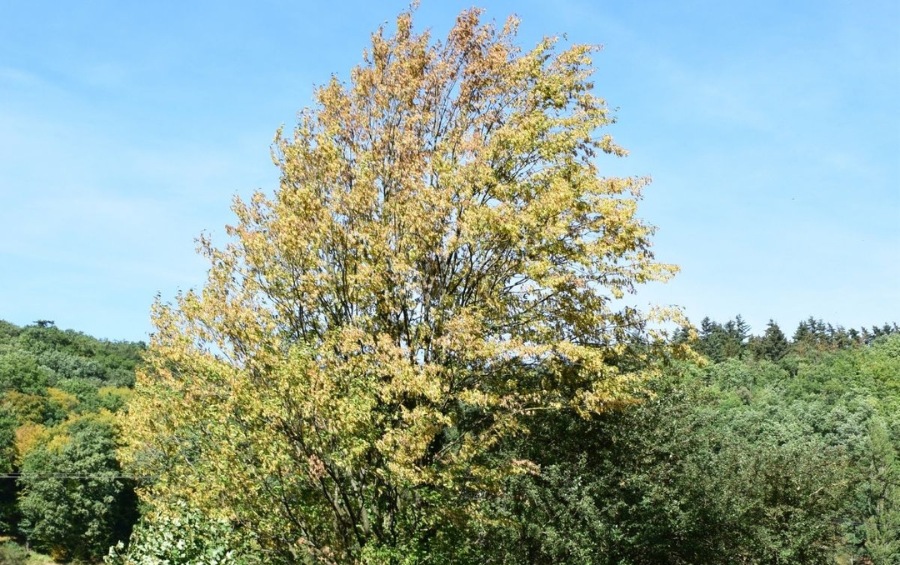
Early Warning Signs You Should Continue Monitoring
These symptoms don’t necessarily require immediate professional intervention, but they’re worth keeping an eye on. If they worsen or spread, it’s time to call an arborist.
Scattered Yellowing Leaves
If you notice yellow leaves scattered throughout the canopy – not concentrated in one area – your tree might be experiencing mild stress. This could be due to:
- Drought stress from insufficient watering during hot summer months
- Nutrient deficiencies that become more apparent during the growing season
- Minor root issues affecting nutrient uptake
What to Do
Ensure consistent, deep watering and monitor for progression. If yellowing increases or spreads to more than 25% of the canopy, consider professional assessment.
Brown Leaf Tips or Edges
Brown, crispy edges on leaves often indicate environmental stress. Common causes include:
- Heat stress from prolonged high temperatures
- Salt damage from road salt or over-fertilization
- Watering issues (both over and under-watering can cause this)
What to Do
Adjust watering practices and provide shade if possible. If browning progresses toward leaf centers or affects entire leaves, seek professional evaluation.
Mild Wilting During Peak Heat
Some wilting during the hottest part of the day is normal, especially for younger trees or those in particularly sunny locations. However, leaves should recover by evening as temperatures cool.
What to Do
Increase watering frequency and ensure proper mulching around the base. If wilting persists into cooler evening hours or becomes more severe, professional assessment is recommended.
Immediate Concerns You Should Call an Arborist For
These symptoms indicate serious tree health issues that require professional diagnosis and treatment. Don’t wait – early intervention often means the difference between saving a tree and losing it entirely.
Sudden, Extensive Leaf Drop
If your tree suddenly drops a significant number of leaves, especially green ones, this signals severe stress. Unlike normal late-summer leaf drop, concerning leaf drop involves:
- Large quantities of leaves falling daily
- Green leaves dropping alongside yellow or brown ones
- Bare branches appearing where there should be full foliage
This could indicate root damage, severe drought stress, pest infestation, or disease that requires immediate attention.
Yellowing Confined to One Area
When yellowing or browning is concentrated in one section of the tree – perhaps one side or specific branches – this often indicates:
- Root damage on one side of the tree
- Pest infestation affecting specific areas
- Disease beginning to spread through the tree
- Physical damage to trunk or major branches
Unlike general stress, localized symptoms often worsen rapidly and can spread throughout the tree if left untreated.
Premature Fall Colors
It’s still too early for most trees to show their autumn colors in late summer. If your tree is displaying brilliant
reds, oranges, or yellows now, this is actually a stress response, not seasonal change. This premature coloring often indicates:
- Severe drought stress
- Root system problems
- Pest or disease issues
- Girdling roots cutting off nutrient flow
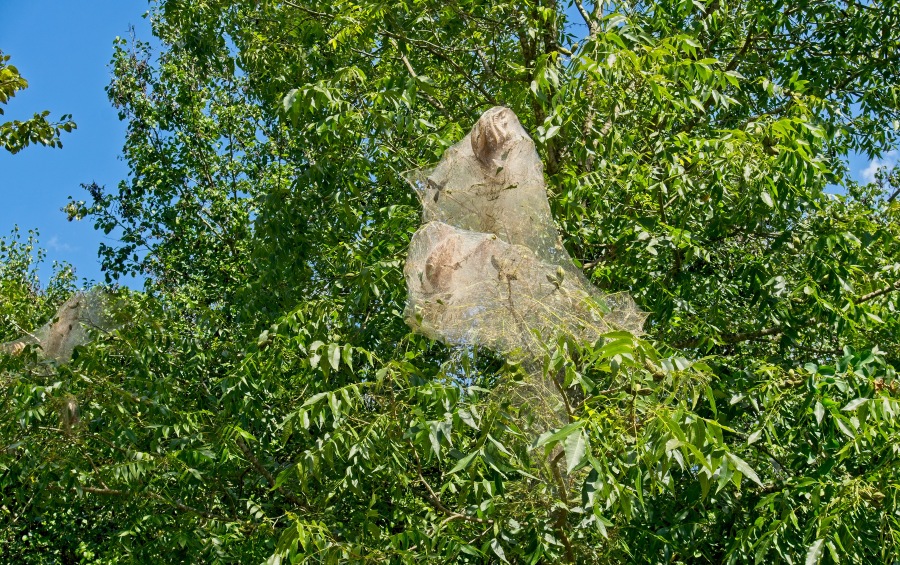
Visible Late Summer Pests
Several pests become particularly prominent and problematic during late summer in our area:
- Fall Webworm: These create conspicuous white, silky webs at the tips of branches. Unlike spring tent caterpillars, fall webworms build their webs at branch ends and are active from mid-summer through fall. While they rarely kill trees, the webs are unsightly and the caterpillars can cause significant defoliation. Professional pruning of affected branches and targeted spraying helps prevent larger infestations.
- Bagworms: Look for brown, spindle-shaped silk bags hanging from branches, especially on evergreens like juniper, arborvitae, and pine. These bags can be up to 2 inches long and contain hundreds of eggs. Bagworms can completely defoliate small trees and seriously damage larger ones. Late summer is when these pests are most visible and active.
- Scale Insects and Aphids: These tiny pests become more apparent on stressed trees during late summer. Look for small, immobile bumps on branches (scales) or clusters of tiny insects on leaves and stems (aphids). Both produce sticky honeydew that can lead to sooty mold growth.
Structural Issues
Physical problems with the tree itself are always cause for immediate concern:
- Cracked or split bark on the trunk
- Leaning that has developed recently
- Dead branches throughout the canopy
- Mushrooms or fungi growing from the trunk or major roots
- Exposed roots that appear damaged or diseased
Why Professional Assessment During Late Summer Matters
While it might be tempting to diagnose tree problems yourself, Certified Arborists bring specialized knowledge that can save you time, money, and heartache. Trees are complex living systems, and what appears to be one problem might actually be symptoms of something entirely different.
Professional arborists can identify the underlying causes of tree stress, which might include:
- Soil compaction from construction
- Girdling roots that aren’t visible from ground level
- Pest infestations in early stages
- Disease requiring specific treatment protocols
- Environmental stresses like drainage issues or chemical exposure
Early intervention through professional tree preservation services can often reverse tree decline and restore healthy growth. This might involve soil treatments, pest management, pruning to improve air circulation, or addressing drainage issues around the root zone.
Frequently Asked Questions
Is it normal for trees to start changing color in August?
Most trees shouldn’t show fall colors until September or October. Premature color changes in August often indicate stress from drought, disease, or pest issues rather than natural seasonal change.
Should I be watering my trees differently in late summer?
Yes, trees need deep, infrequent watering during hot late summer periods. Water slowly at the drip line rather than near the trunk, and ensure soil stays moist but not waterlogged.
How quickly do tree problems progress if left untreated?
Tree health issues can escalate rapidly, especially during stress periods like late summer. What starts as minor yellowing can progress to major decline within weeks if underlying problems aren’t addressed.
When is it too late to save a stressed tree?
Many stressed trees can be saved with prompt professional intervention, even when they appear severely damaged. However, trees with extensive structural damage or advanced disease may need removal for safety reasons.
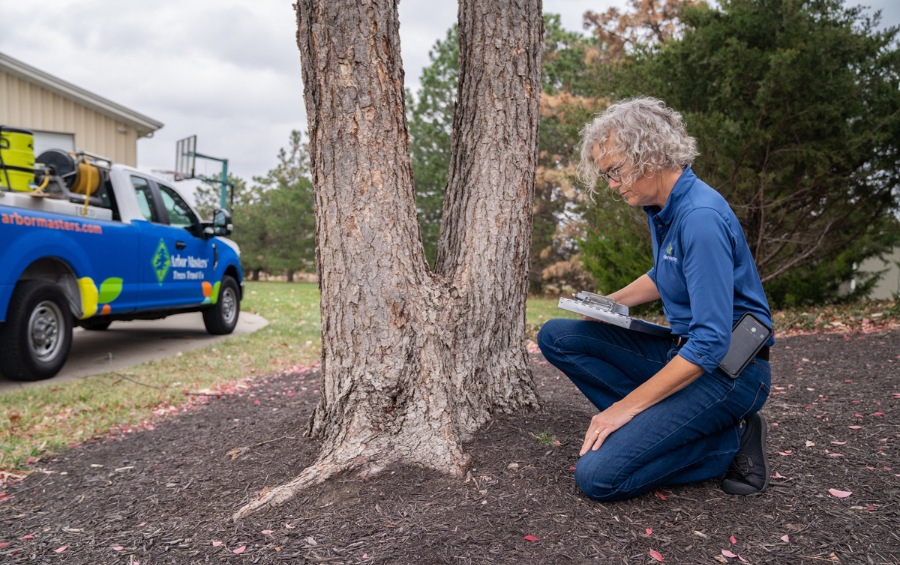
Get Peace of Mind – Schedule a Tree Health Evaluation with Arbor Masters
Here’s the reality: tree problems rarely fix themselves, and waiting often turns a manageable issue into an expensive emergency. Arbor Masters’ Certified Arborists can quickly determine whether your concerns are serious or if simple adjustments will get your trees back on track. One professional evaluation now could save you thousands in removal costs later – and protect your family from the safety risks of failing trees.
Don’t gamble with your property’s most valuable assets. Call Arbor Masters today at 816-524-3131 to schedule your comprehensive tree health evaluation and get the expert answers you need to keep your trees thriving.
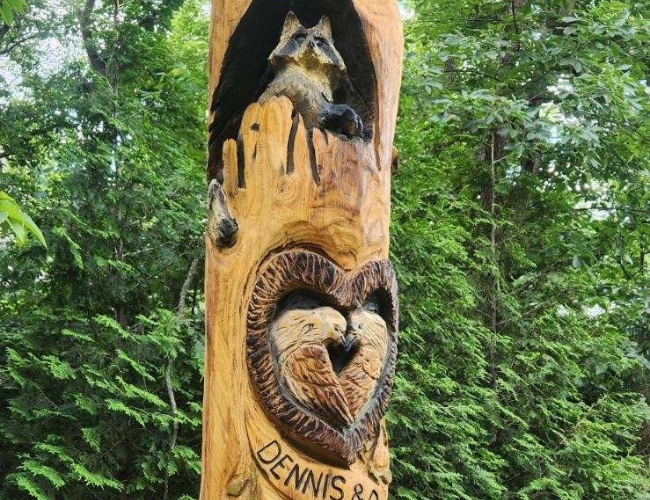
Get the latest local news, tree care tips, special offers, and company updates directly to your inbox! It's easy to subscribe and there's no spam - we promise.
"*" indicates required fields


